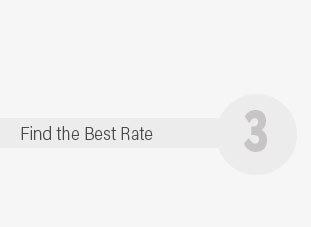 |
 |
 |
|---|
 |
 |
 |
 |
|---|
 |
 |
 |
 |
 |
 |
|---|

Understanding the Nuances of Home Insurance Cost: Important ConsiderationsIn today's rapidly evolving financial landscape, understanding the intricacies of home insurance cost is more crucial than ever. It's not merely about safeguarding a physical structure; it's about protecting a cherished haven filled with memories and future aspirations. When evaluating home insurance, several factors play pivotal roles in determining the overall cost, often weaving a complex tapestry of considerations that can vary dramatically from one homeowner to another. First and foremost, the location of your home significantly influences insurance premiums. Homes situated in areas prone to natural disasters such as floods, earthquakes, or hurricanes typically incur higher costs due to the increased risk of damage. Conversely, residing in a region with a lower crime rate or one that's not subject to extreme weather conditions might yield more affordable insurance options. Another key element is the value of your home itself. A higher-valued home generally commands higher premiums, reflecting the potential cost of rebuilding or repairing extensive damage. However, it's essential to strike a balance between adequate coverage and financial feasibility. Moreover, the age and condition of the property can significantly impact insurance expenses. Older homes might possess unique charm and character, but they often come with higher insurance costs due to outdated systems or materials that might require costly repairs or replacements. On the other hand, newer homes built with modern, resilient materials and equipped with up-to-date safety features can potentially lower insurance costs, offering a pragmatic incentive for those considering new builds or renovations.
It's also noteworthy to consider the impact of personal factors such as credit scores and claims history. Many insurers use credit-based insurance scores as a factor in determining premiums, with higher scores often resulting in lower costs. Similarly, a history of frequent claims might suggest higher risk, thus increasing insurance costs. In this context, a proactive approach to home maintenance and security not only preserves the home's integrity but also demonstrates responsibility to insurers, potentially mitigating premium hikes. In conclusion, staying well-informed about the myriad factors influencing home insurance cost empowers homeowners to make astute decisions. By carefully analyzing these elements and considering both immediate and long-term implications, one can navigate the complex landscape of home insurance with confidence and ensure that their sanctuary remains both protected and financially sustainable. https://www.nar.realtor/magazine/real-estate-news/states-where-home-insurance-costs-are-surging-highest
Homeowners nationwide are expected to see a 6% uptick in average premiums by the end of the year. That's on top of a 20% increase over the two years prior. https://www.nationwide.com/lc/resources/home/articles/how-much-is-homeowners-insurance
Maryland. Maryland sports the highest home insurance premiums of any state in 2021, with an average annual rate of $1,212. Virginia. The ... https://www.policygenius.com/homeowners-insurance/north-carolina/average-cost/
How much is homeowners insurance in North Carolina? The average cost of homeowners insurance in North Carolina is $129 per month or $1,545 per ...
|
|---|